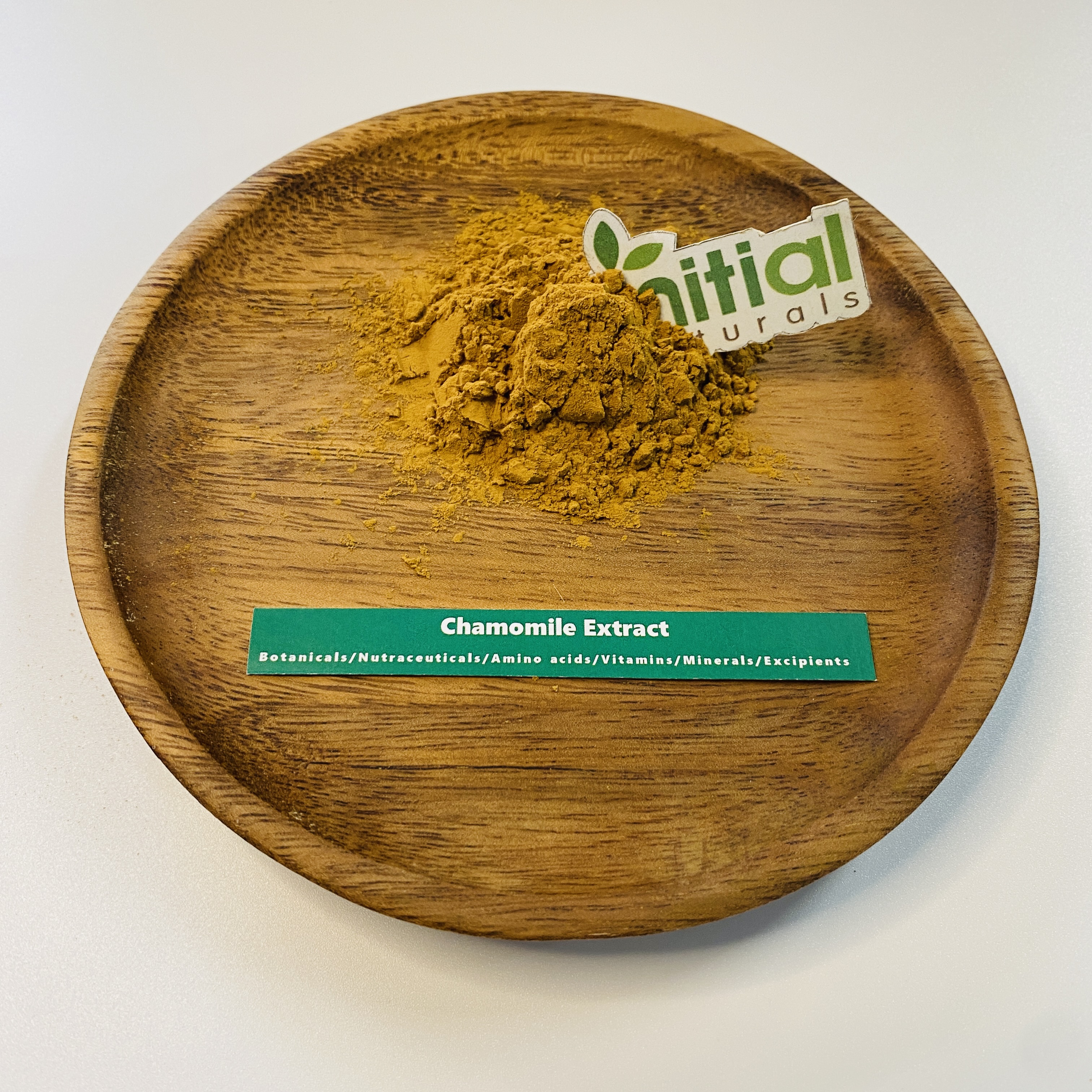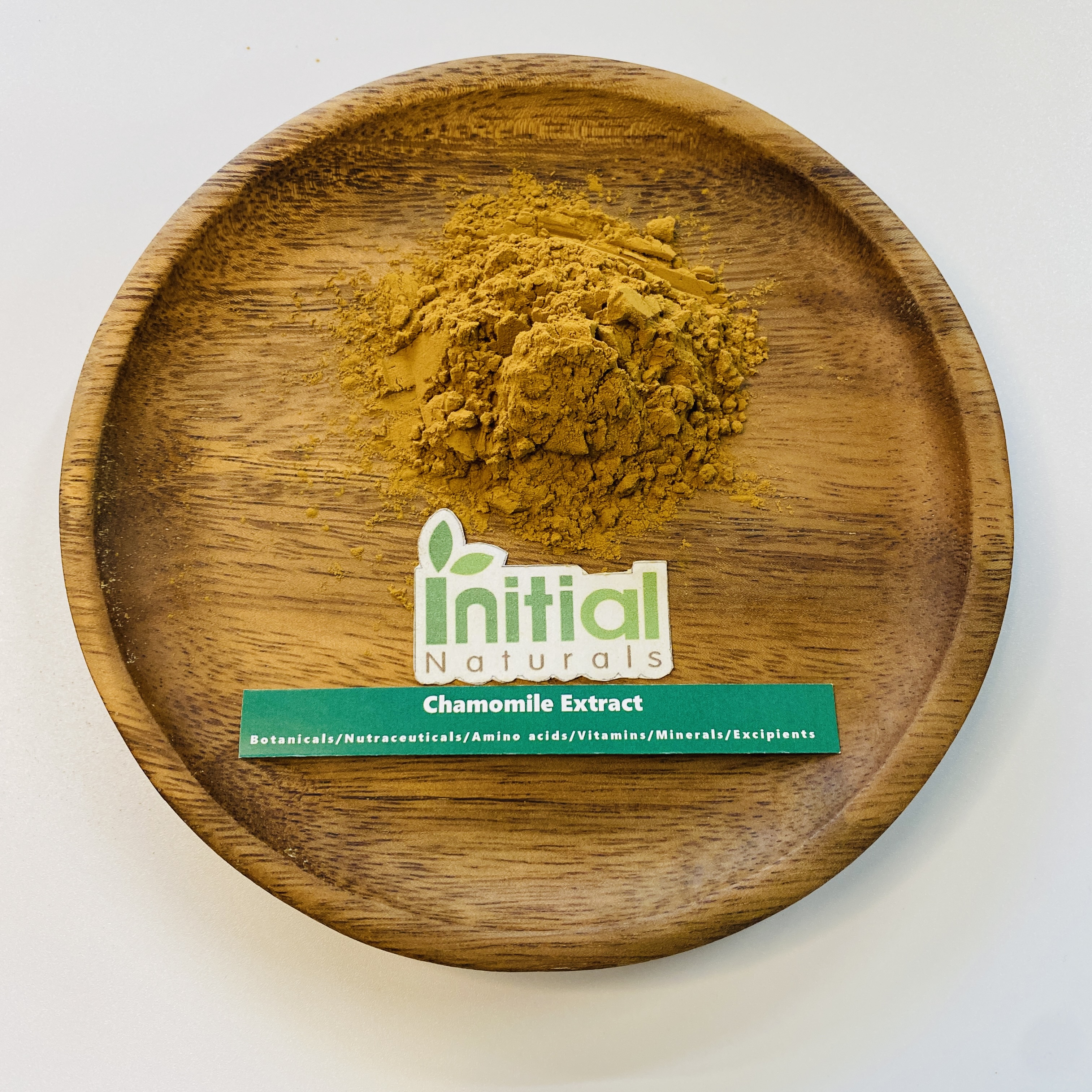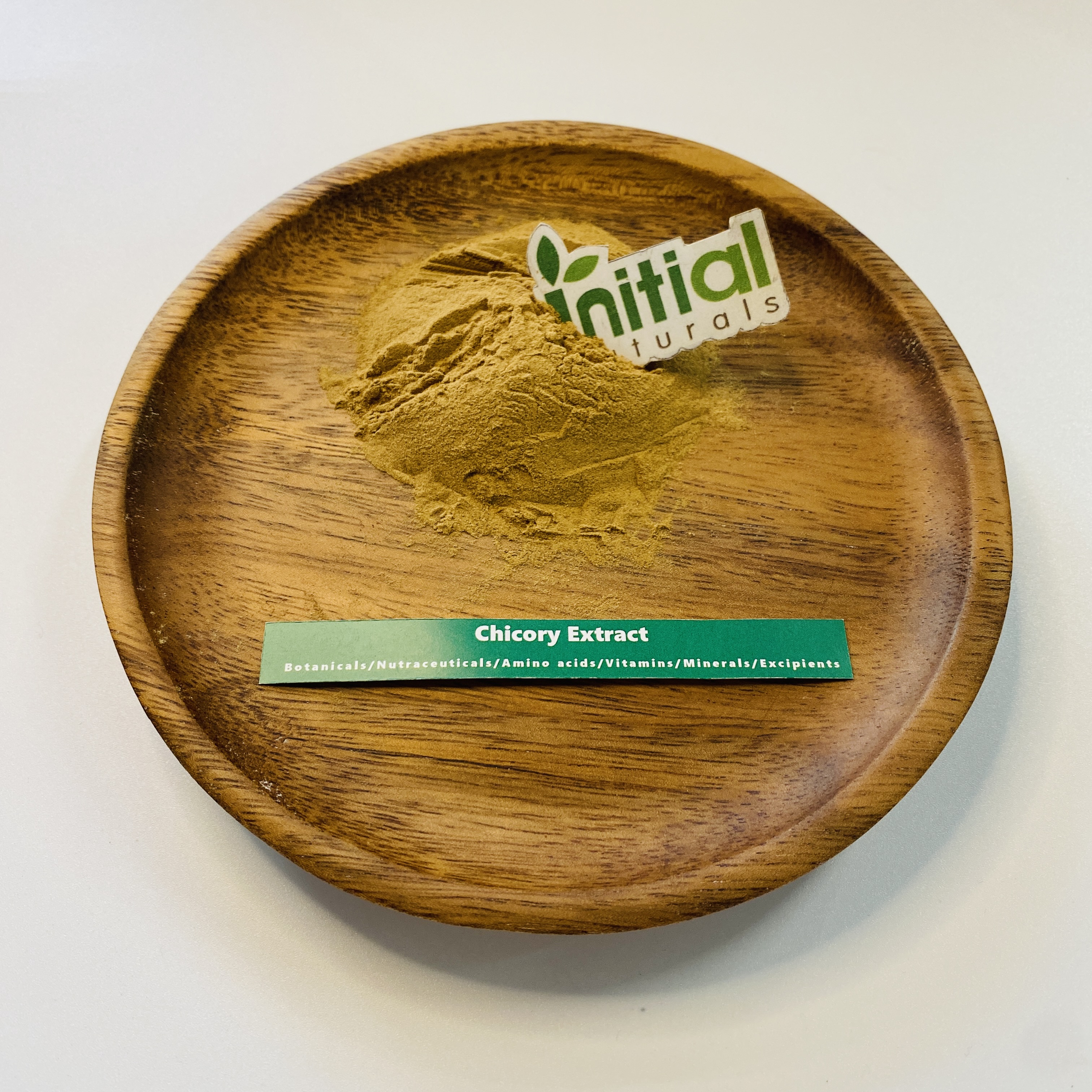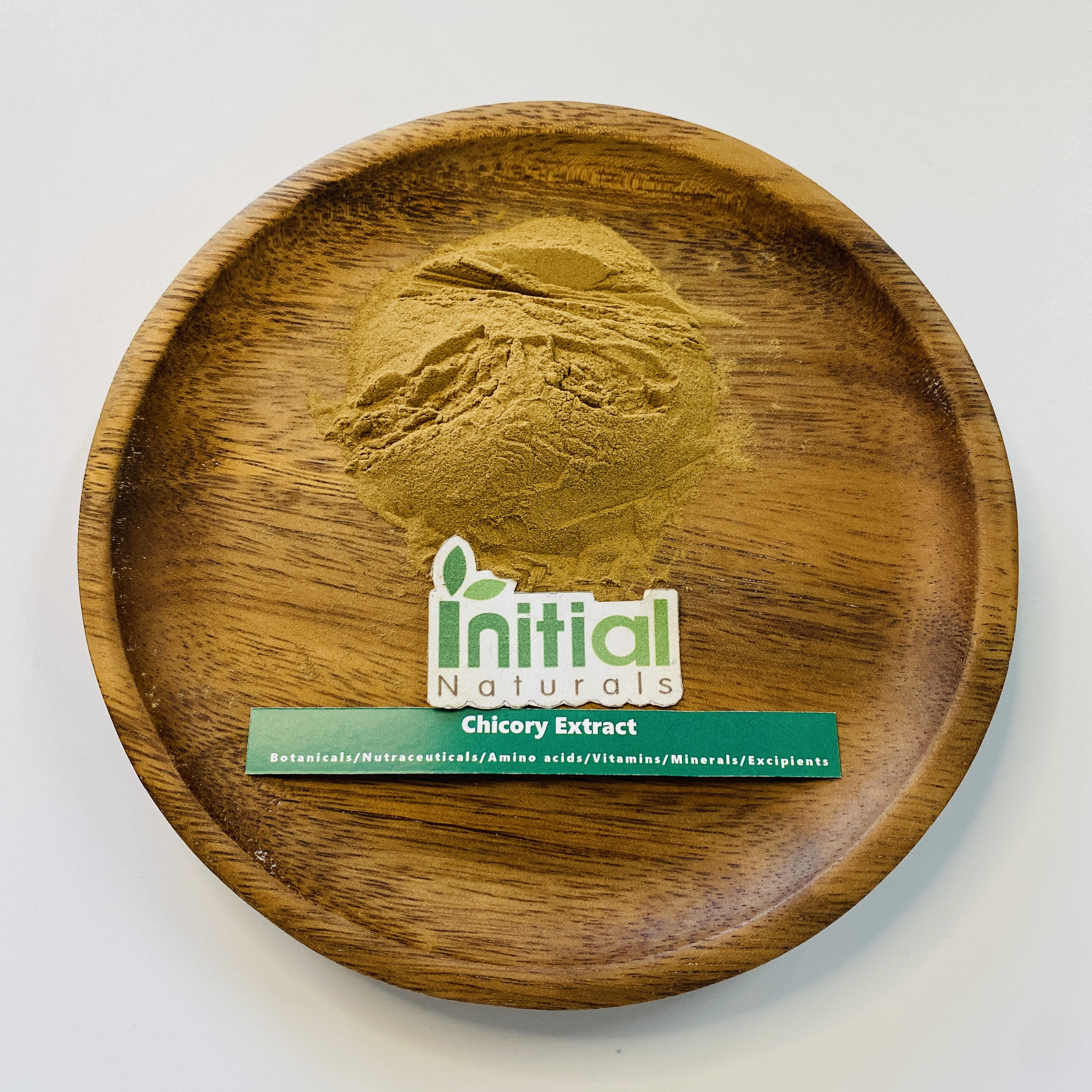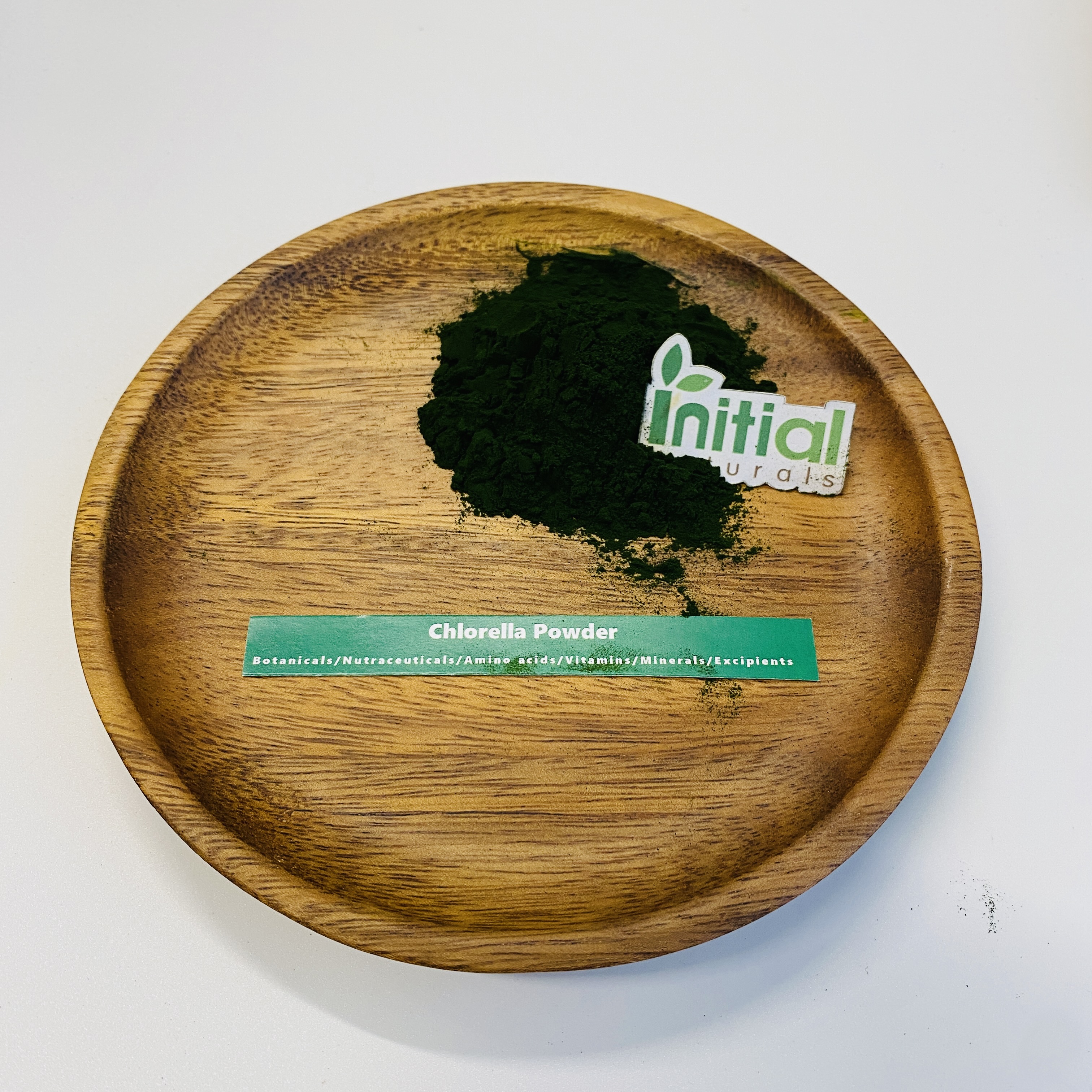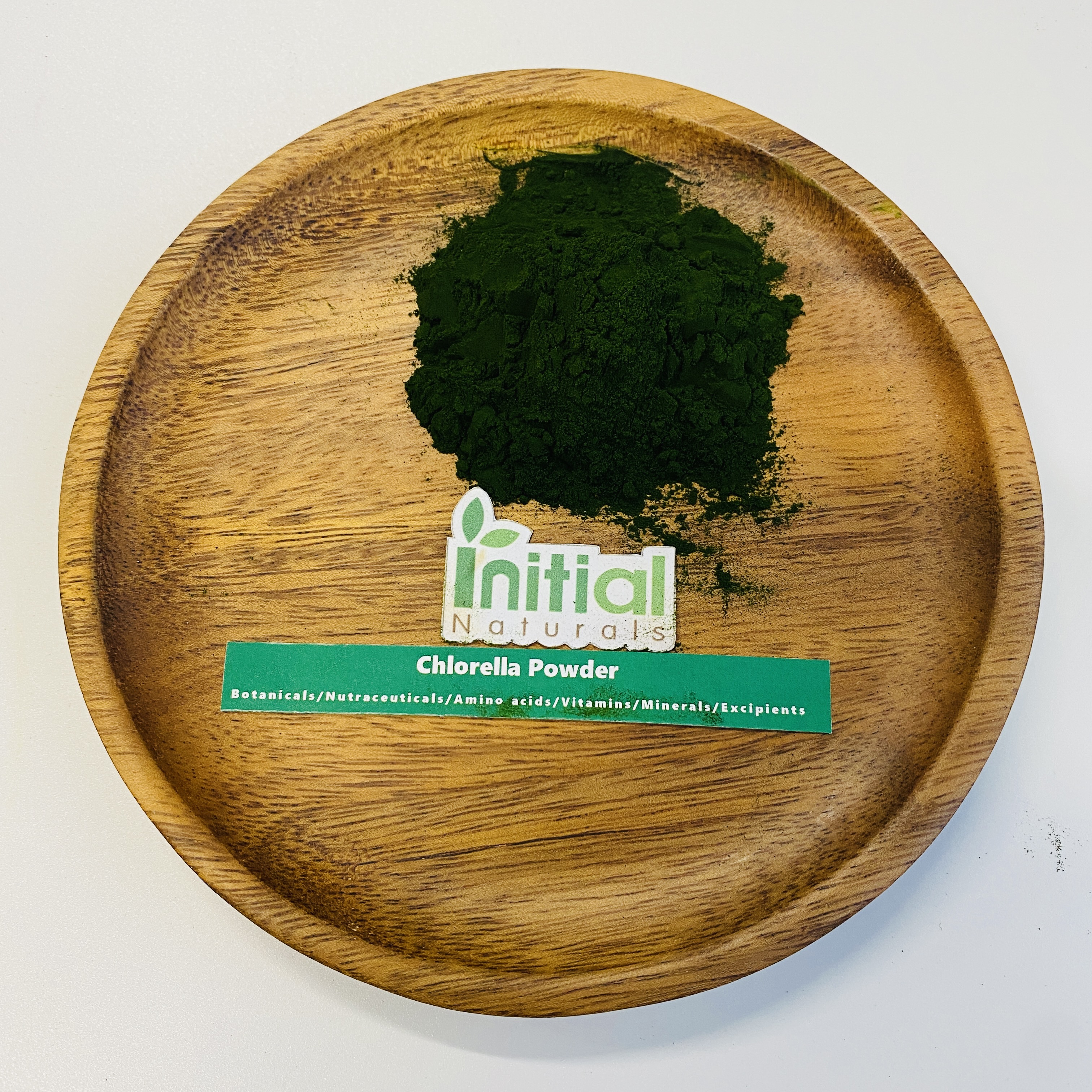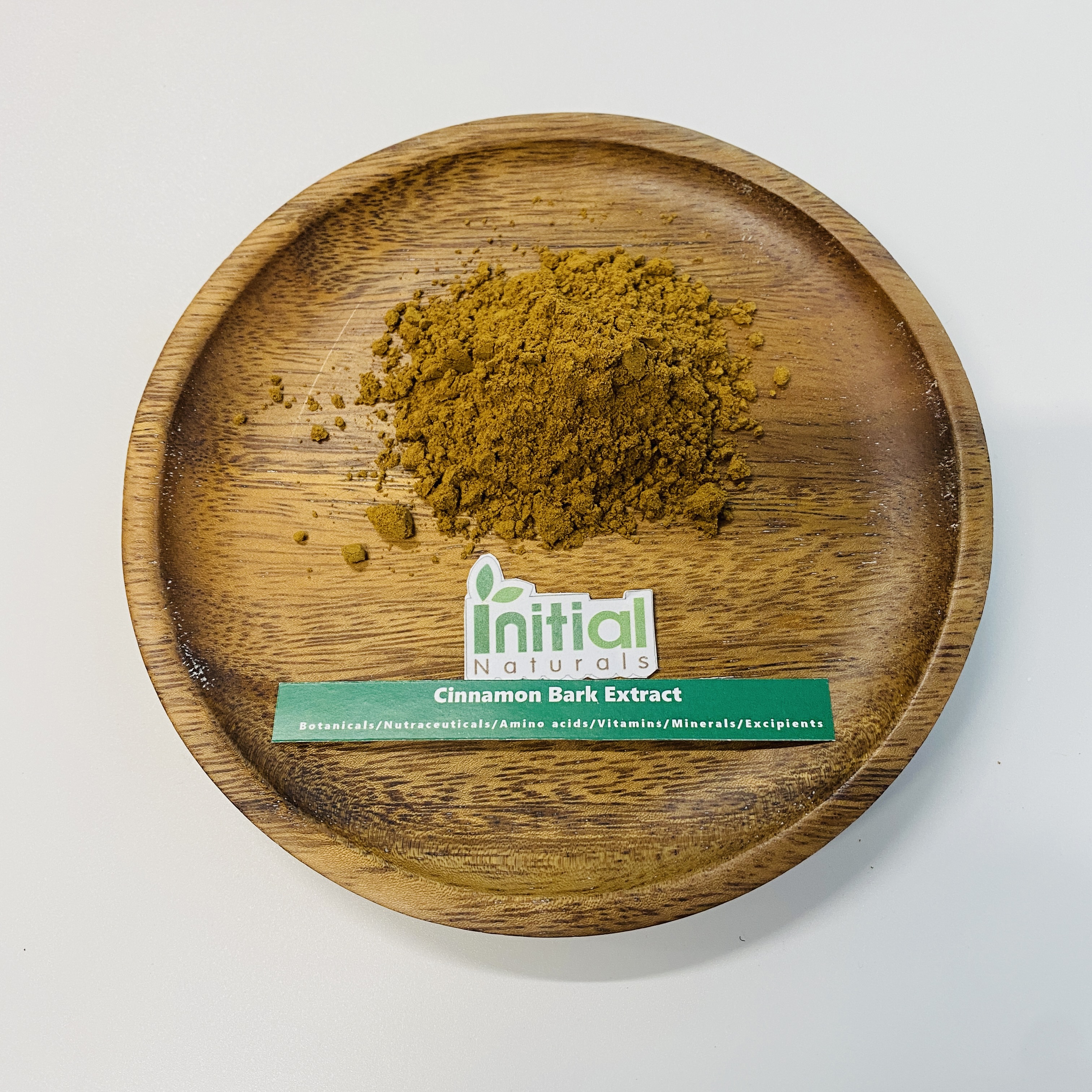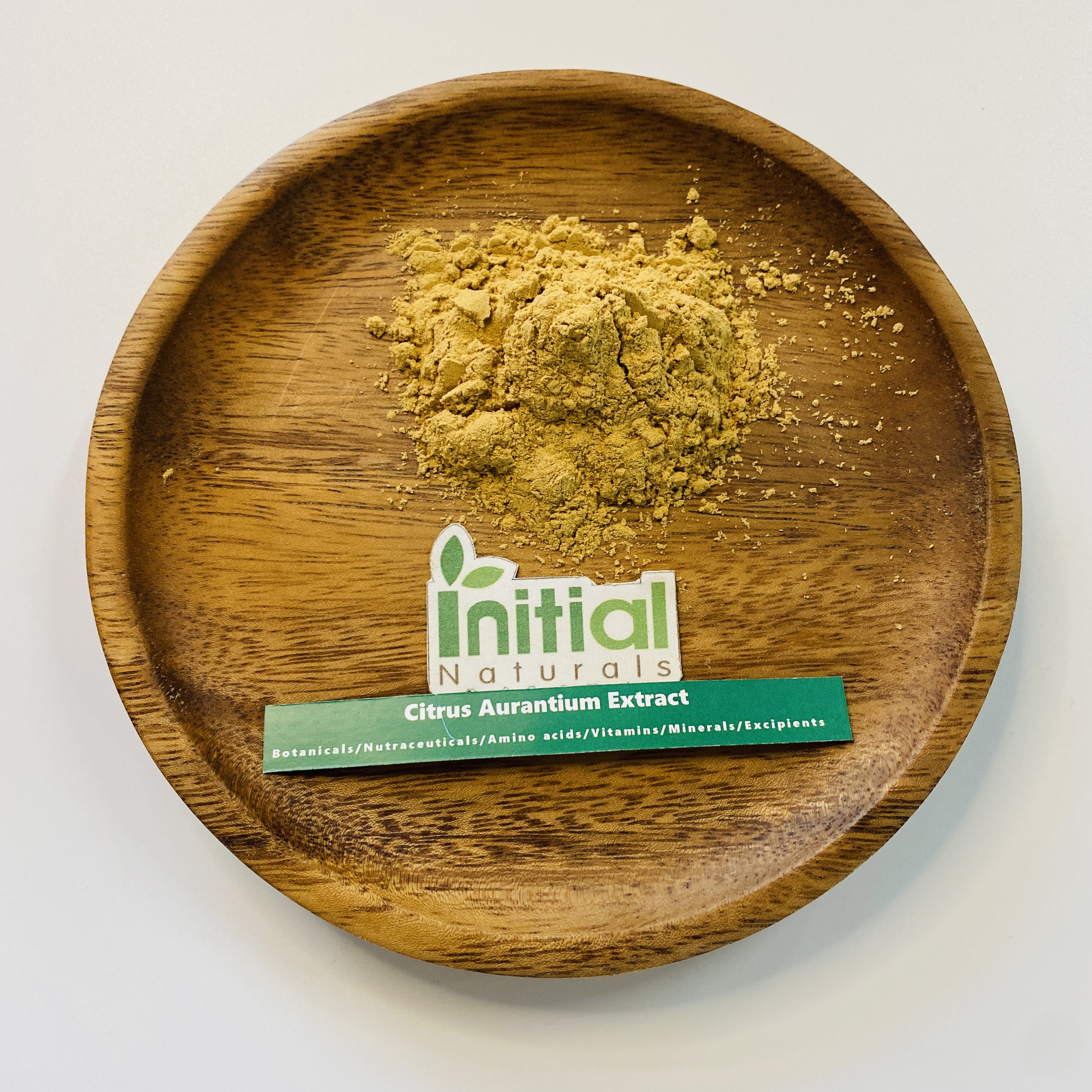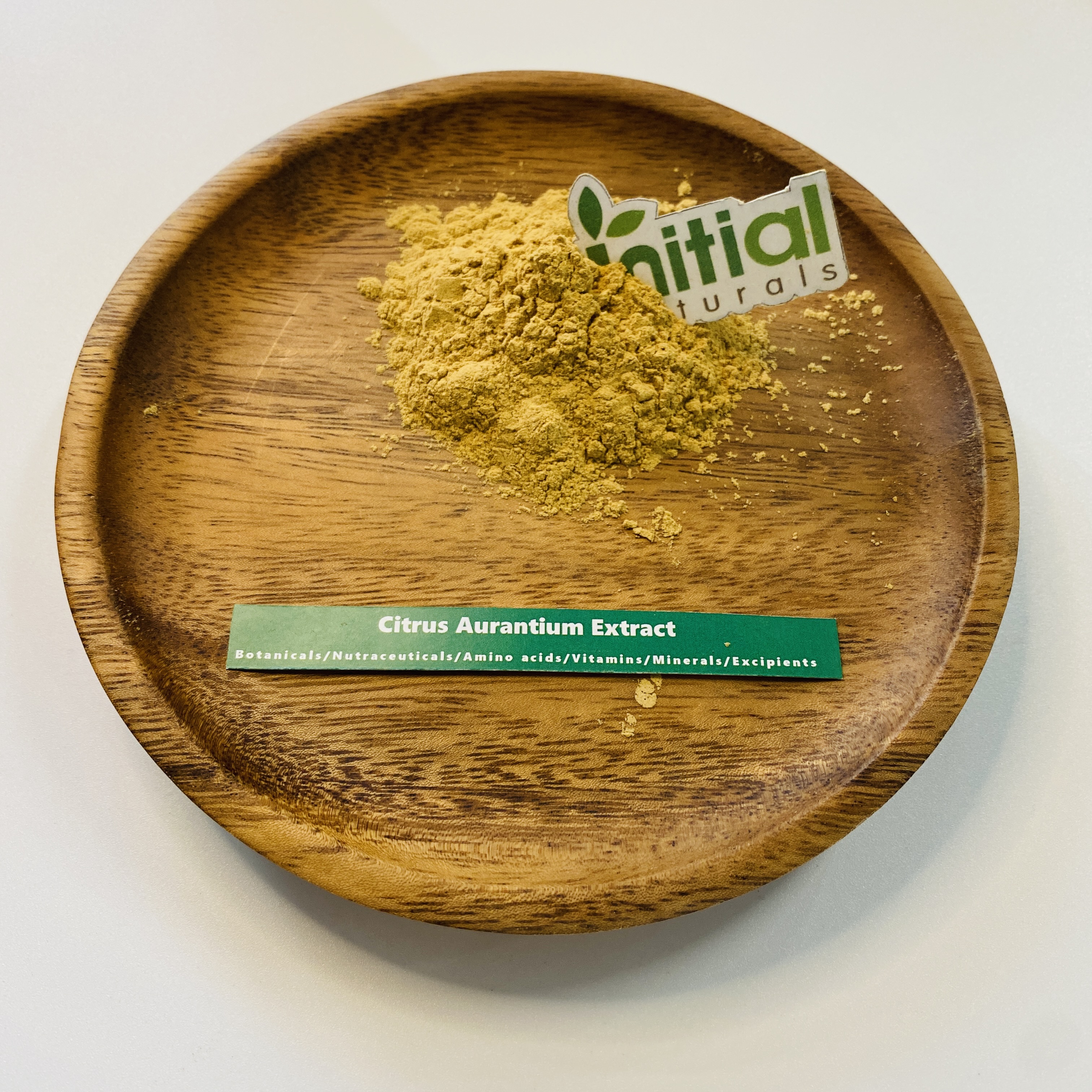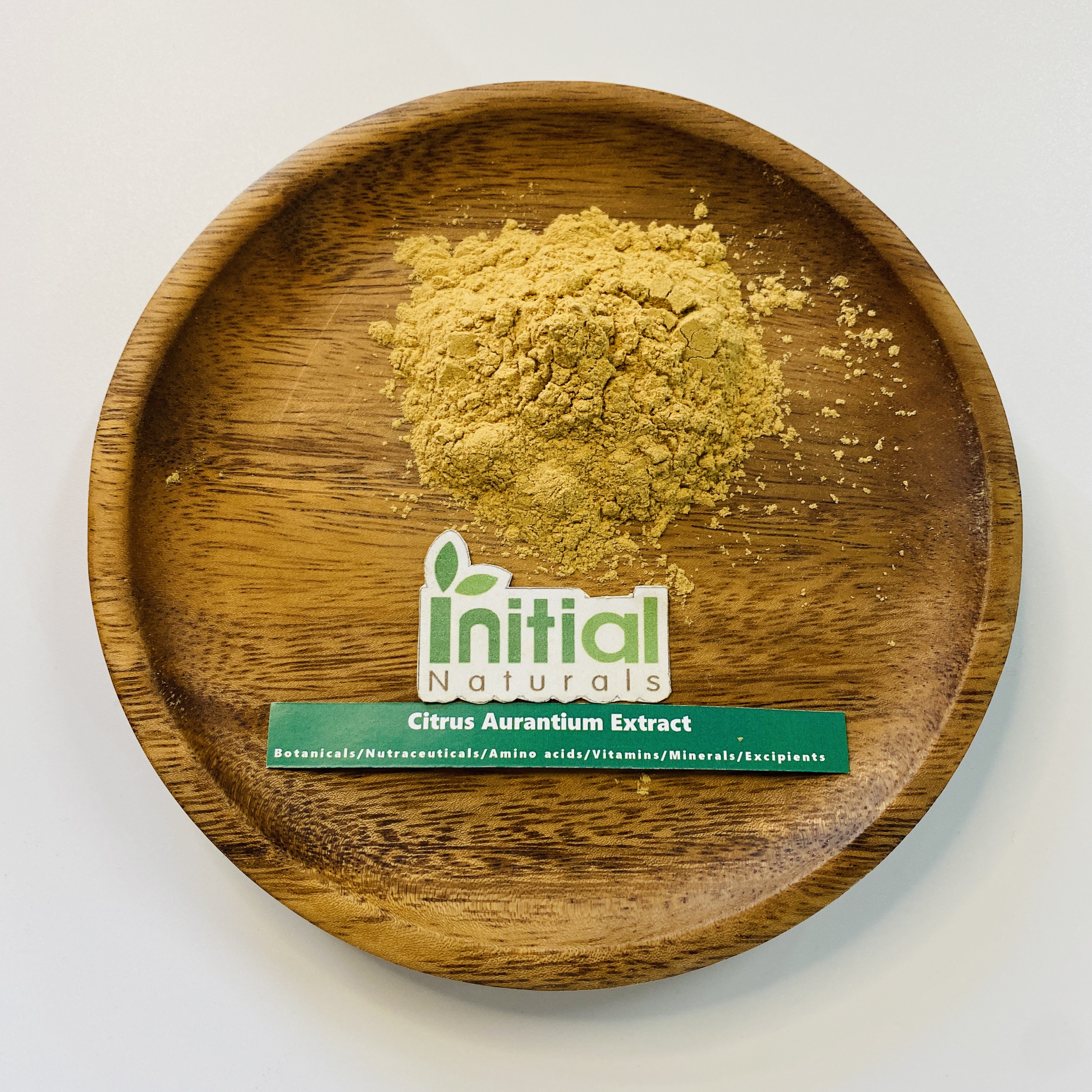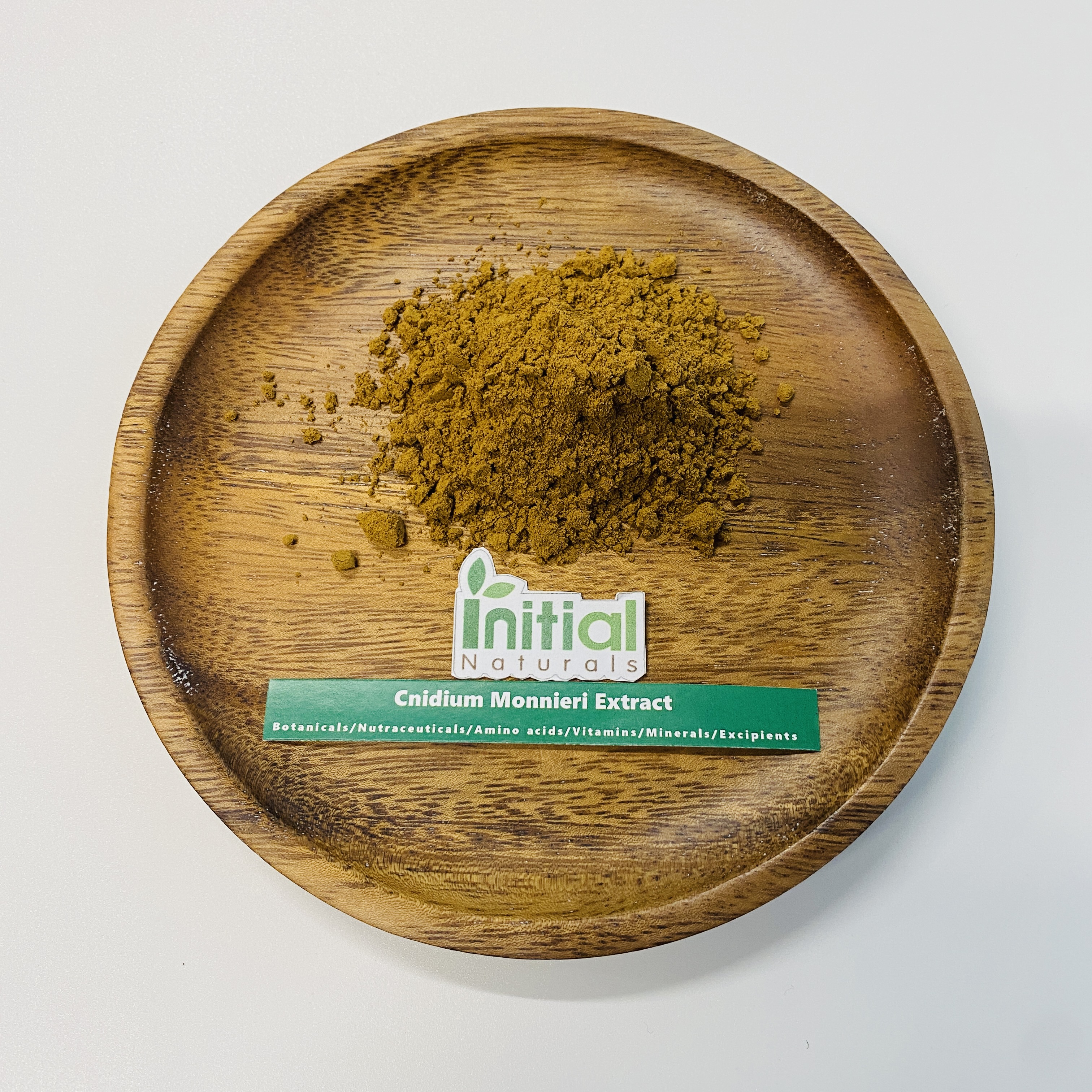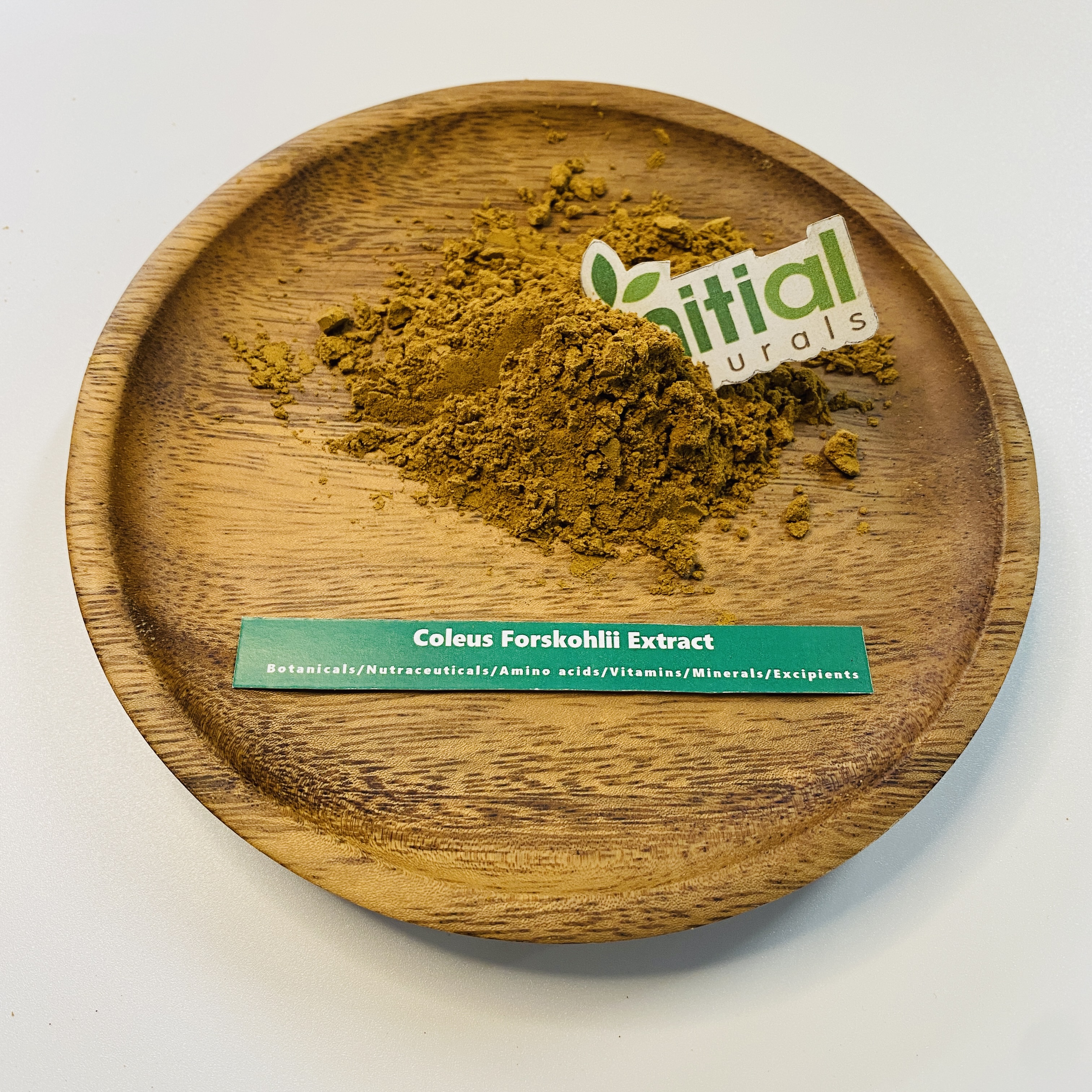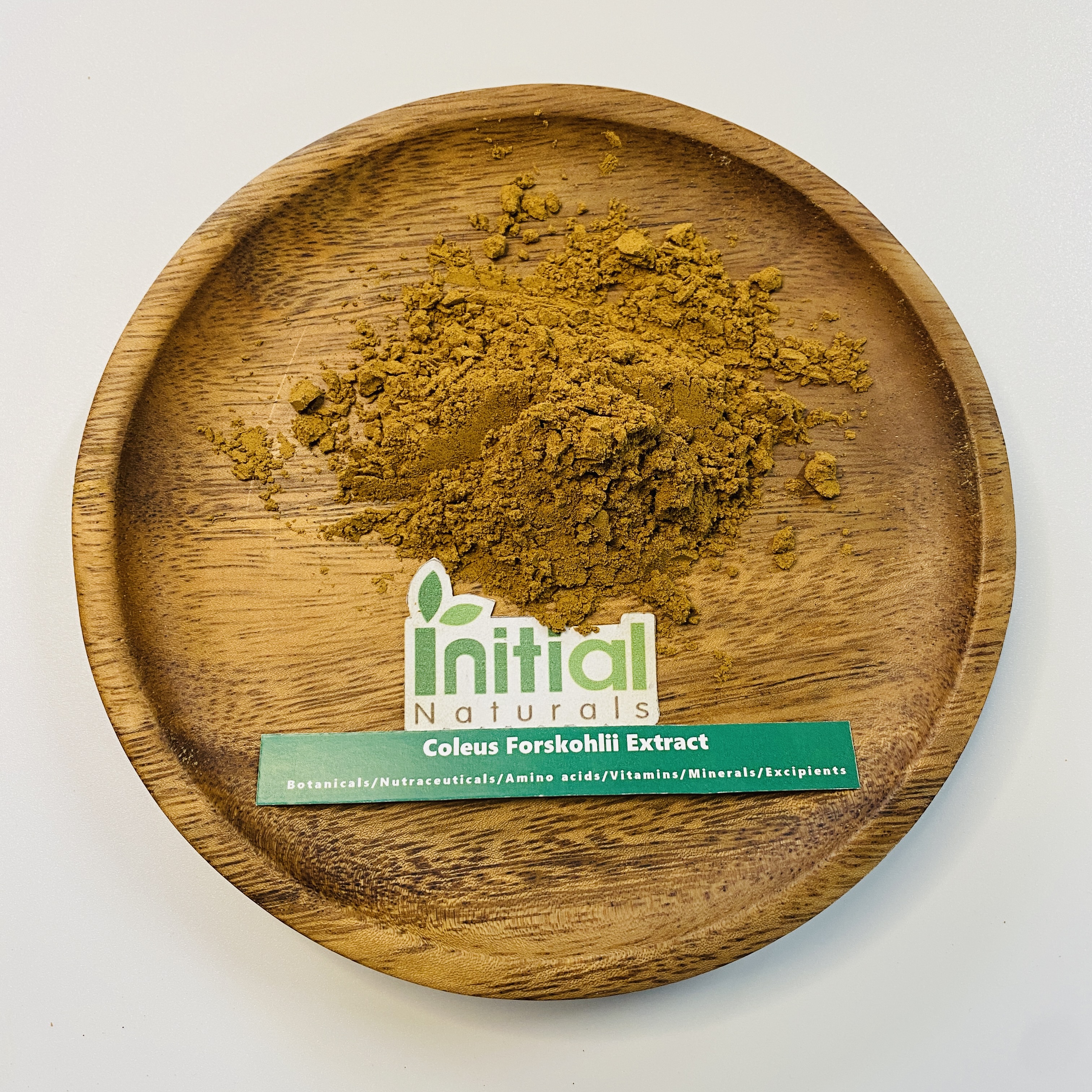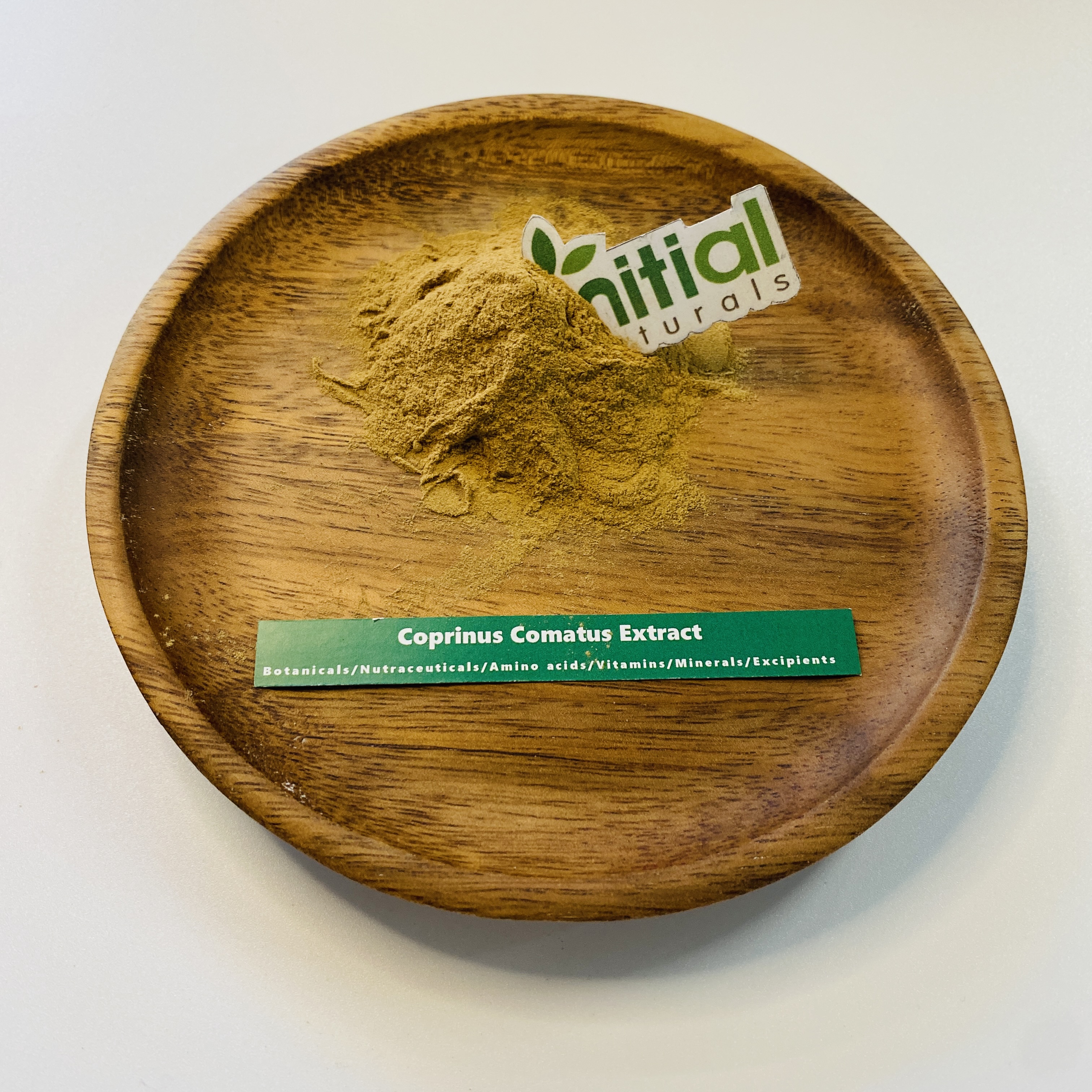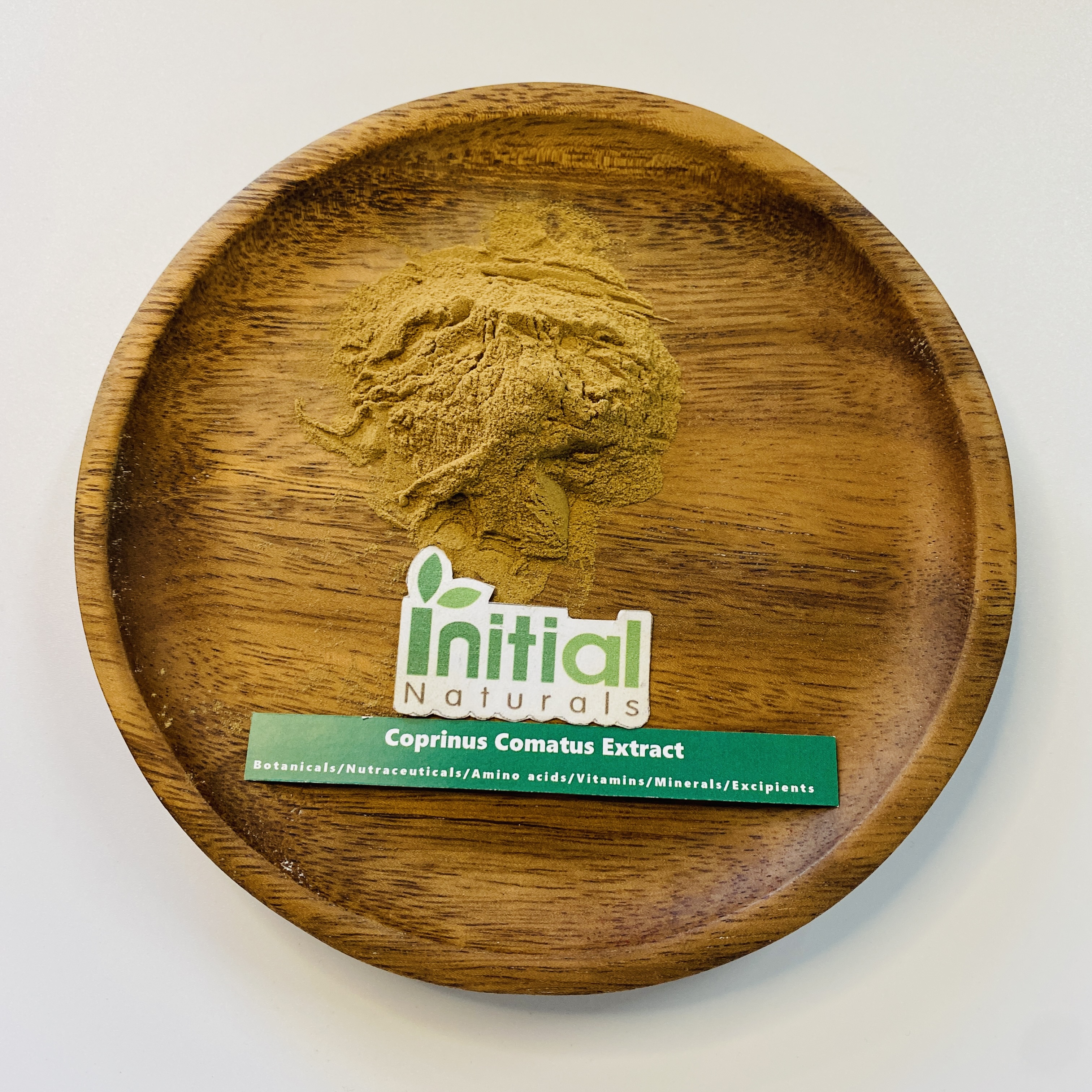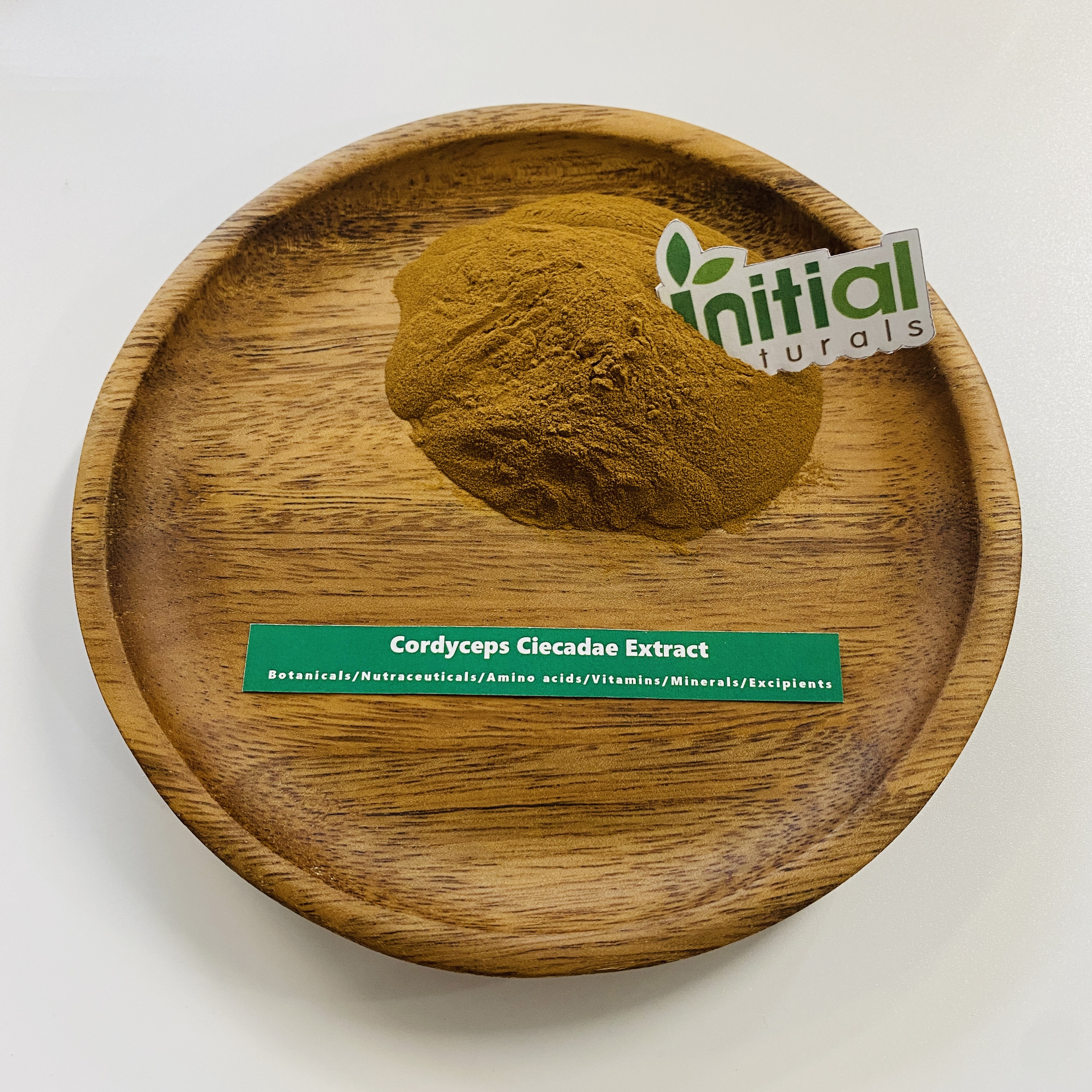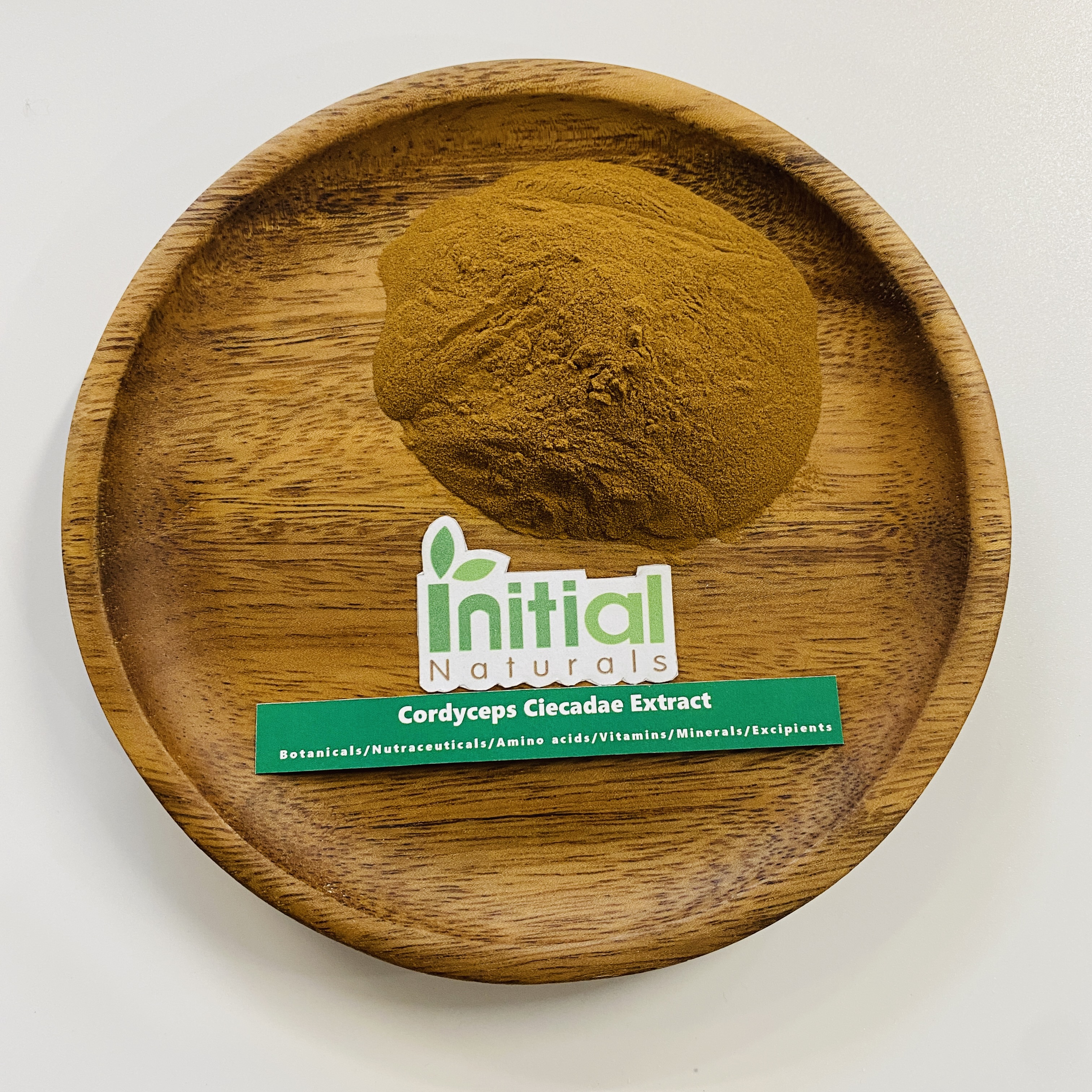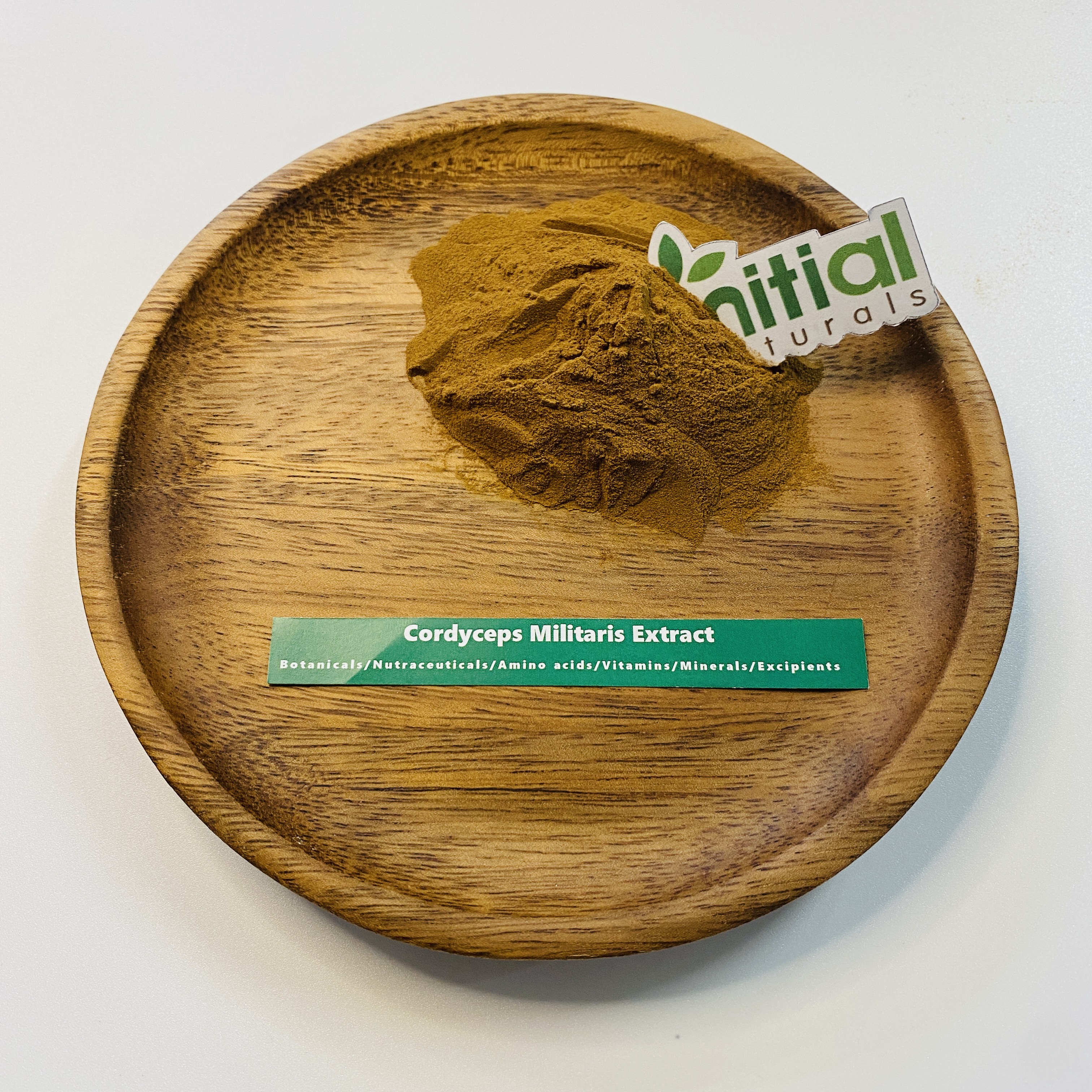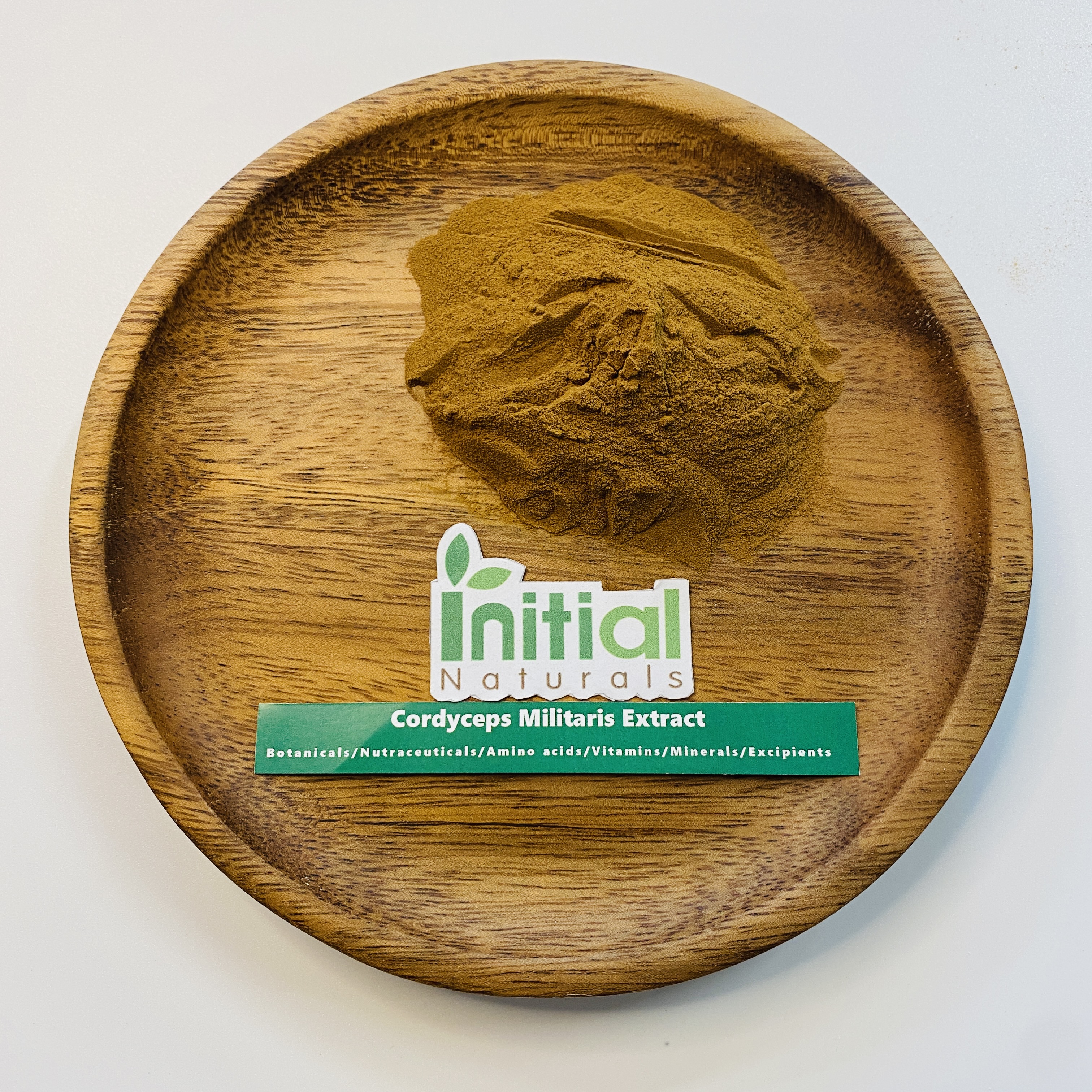Chaga mushrooms (Inonotus obliquus) grow wild in places like Siberia, Northern Canada, Alaska and some northern areas of the continental United States. They are a type of fungus mainly grows on the outside of birch trees in very cold climates.They also can be found on beech, alder, chestnut and hornbeam trees.
-


-


Chamomile plants are a member of the Asteraceae/Compositae family. There are two common types of chamomile used medicinally today: German chamomile and Roman chamomile. The chamomile plant is native to Western Europe and Northern Africa, but these days it’s grown all around the world in different temperate region.
-


The chicory root (Cichorium Intybus) has been around for quite some time and has been cultivated since ancient Egypt. It has also been a popular addition to coffee in France since the 19th century, where it was commonly roasted and ground.
-


Chlorella is genus of green algae (family Chlorellaceae) found either singly or clustered in fresh or salt water. The whole chlorella plant is used to make nutritional supplements and medicine. There are several species of chlorella with Chlorella vulgaris being one of the most commonly used in supplements.
-


Cinnamon is actually made from a type of tree, and the unique smell, color and flavor of cinnamon is a result of the oily part of the tree that it grows from. Meanwhile, the health benefits of cinnamon come from the bark of the Cinnamomum verum (or Cinnamomum zeylanicum) tree. This bark contains several special compounds which are responsible for its many health-promoting properties, including cinnamaldehyde, cinnamic acid and cinnamate.
-


Citrus fruits are a group of fruits that belong to the Rutaceae, or rue, family. These fruits are derived from flowering citrus trees and shrubs, which are native throughout many parts of Asia and Australia and cultivated around the world.
-


Citrus fruits are a group of fruits that belong to the Rutaceae, or rue, family. These fruits are derived from flowering citrus trees and shrubs, which are native throughout many parts of Asia and Australia and cultivated around the world.
-


Fructus cnidii (Common Cnidium) is annual herb,height 30-80cm. Fructus cnidii leaf is alternate,compundumbel inflorescence.Cremocarp, ellipsoidal, 2-4 mm long, about 2 mm in diameter. Externally greyish-yellow or greyish-brown; with 2outcurved stylopods at the summit, and sometimes with a fine fruit stalk at the base. Dorsal surface of mericarps with five thin and longitudinal ridges, commissural surface flattened, with two brown and slightly raised longitudinal ribs. Fructus cnidii's pericarp lax and fragile, easily rubbed off, seed small, greyish-brown and oily. Odour, aromatic; taste, pungent, cool and numb.
-


Coleus forskohlii has been used in Brazil, eastern and central Africa, India, and other Asian countries. Coleus forskohlii, or Indian coleus, is often said to be an important part of Ayurvedic medicine, a millennia-old healing science that focuses on wholeness and entire body health.
-


Coprinus Comatus, whose scientific name is Maotou ghost umbrella, is named for its shape like chicken legs and meat quality like chicken shreds, without chicken flavor. It is a rare and commercial potential fungus developed artificially in recent years, and is known as the "new talent among bacteria".The drumsticks mushroom is rich in nutrition, delicious, excellent taste, and has high nutritional value.
-


Cordyceps cicadae is a medicinal parasitic fungus and a traditional Chinese medicine. The fruiting bodies of Cordyceps cicadae have been applied as natural therapeutic agents to treat a variety of diseases in the last 1600 years, including convulsions, epilepsy, heart palpitations, and diabetes.
-


Cordyceps militaris is a species of fungus in the family Cordycipitaceae, and the type species of the genus Cordyceps. It was originally described by Carl Linnaeus in 1753 as Clavaria militaris.




